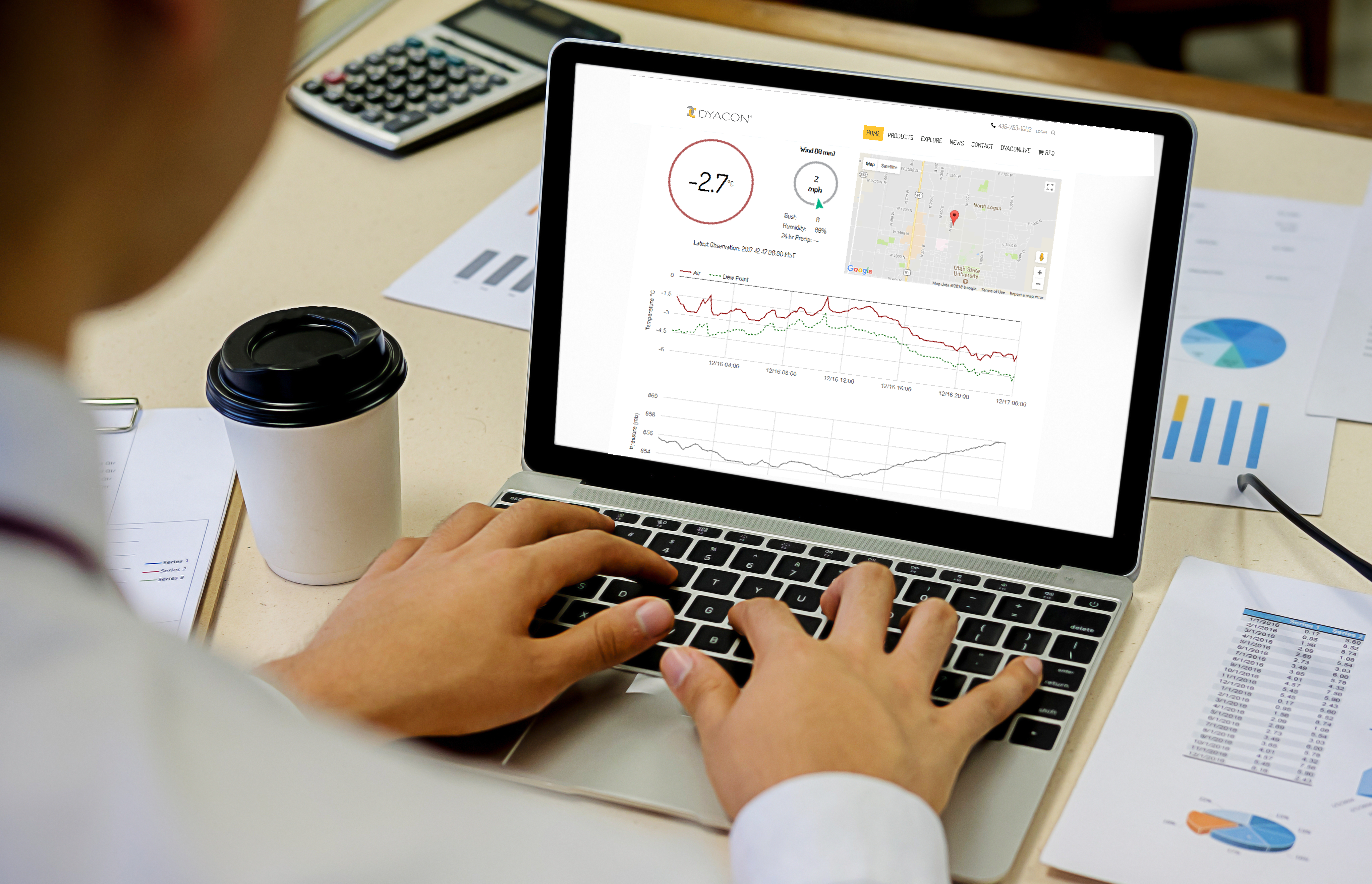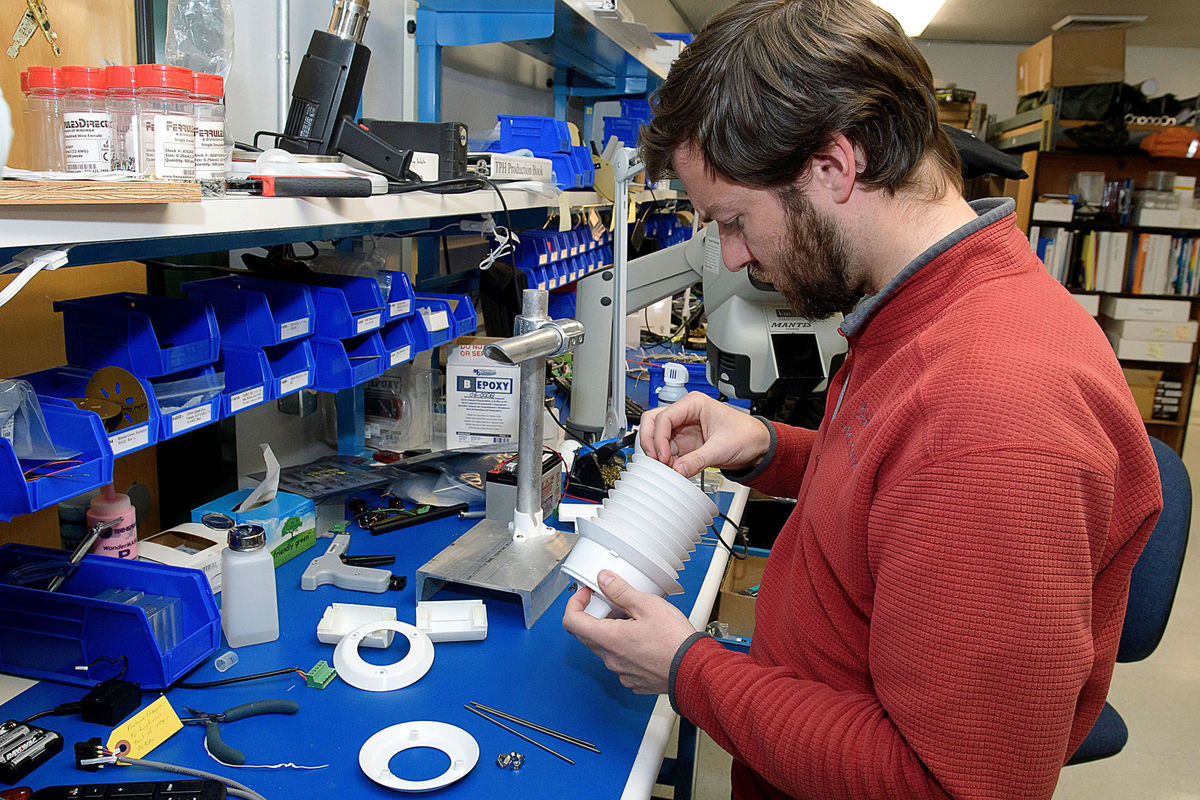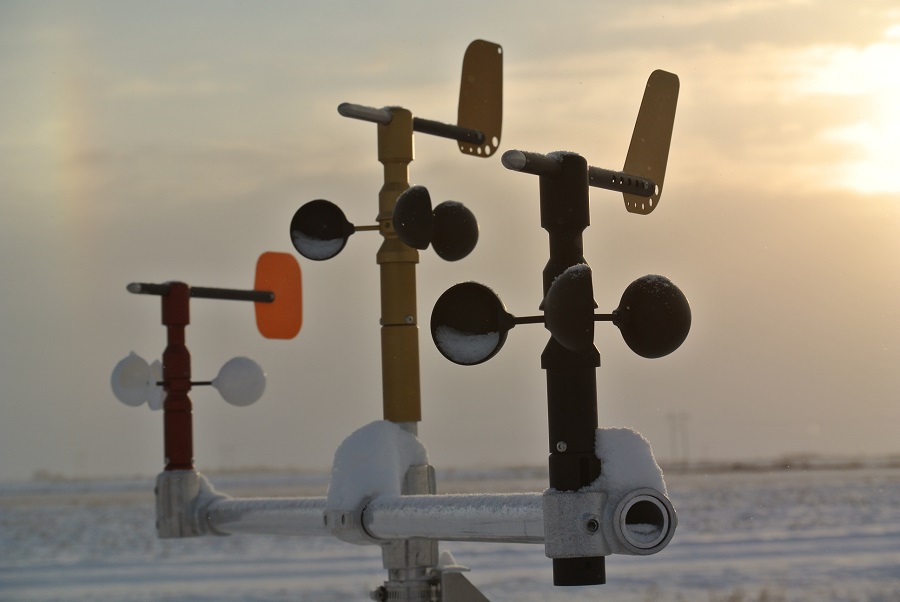
Getting a sophisticated weather station deployed in remote areas can be a challenge. Equipment that requires custom programming and setup by outside engineers adds to the overall system cost. Maintenance by similar outside resources means that systems may be down for extended periods of time until funds can be allocated and engineers scheduled.
We recently provided a weather for a Small-scale & Micro Irrigation Support (SMIS) Project in Ethiopia. We shipped the equipment, manuals, and a USB drive and DVD with our YouTube videos. The users did the rest.
The following are some pictures that tell the story better than I.

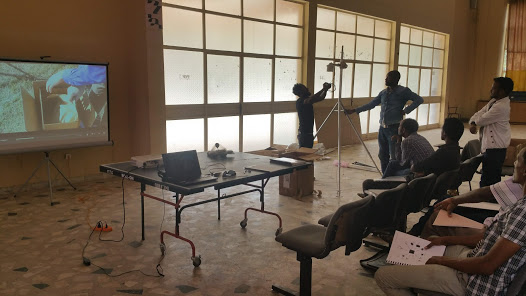


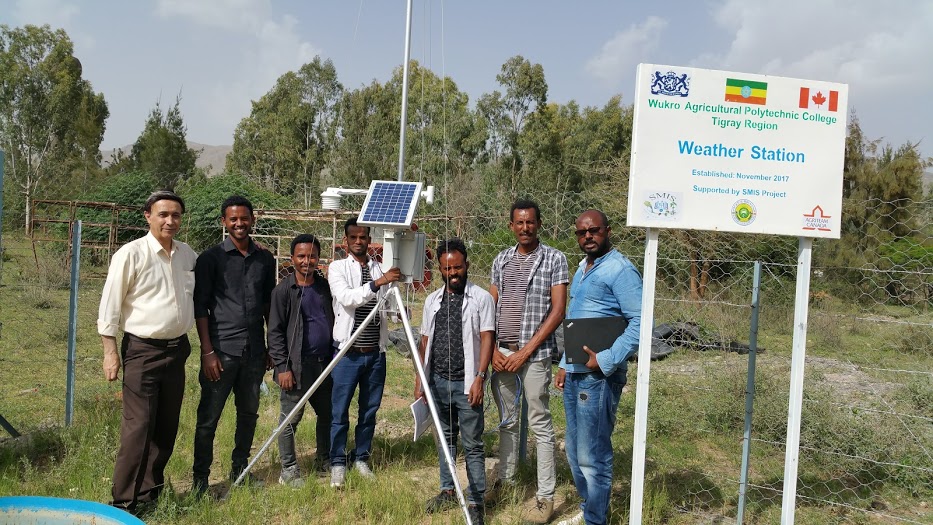
We strive to build the most practical industrial weather stations on the market. This is a good example of the usability.
Eugene





